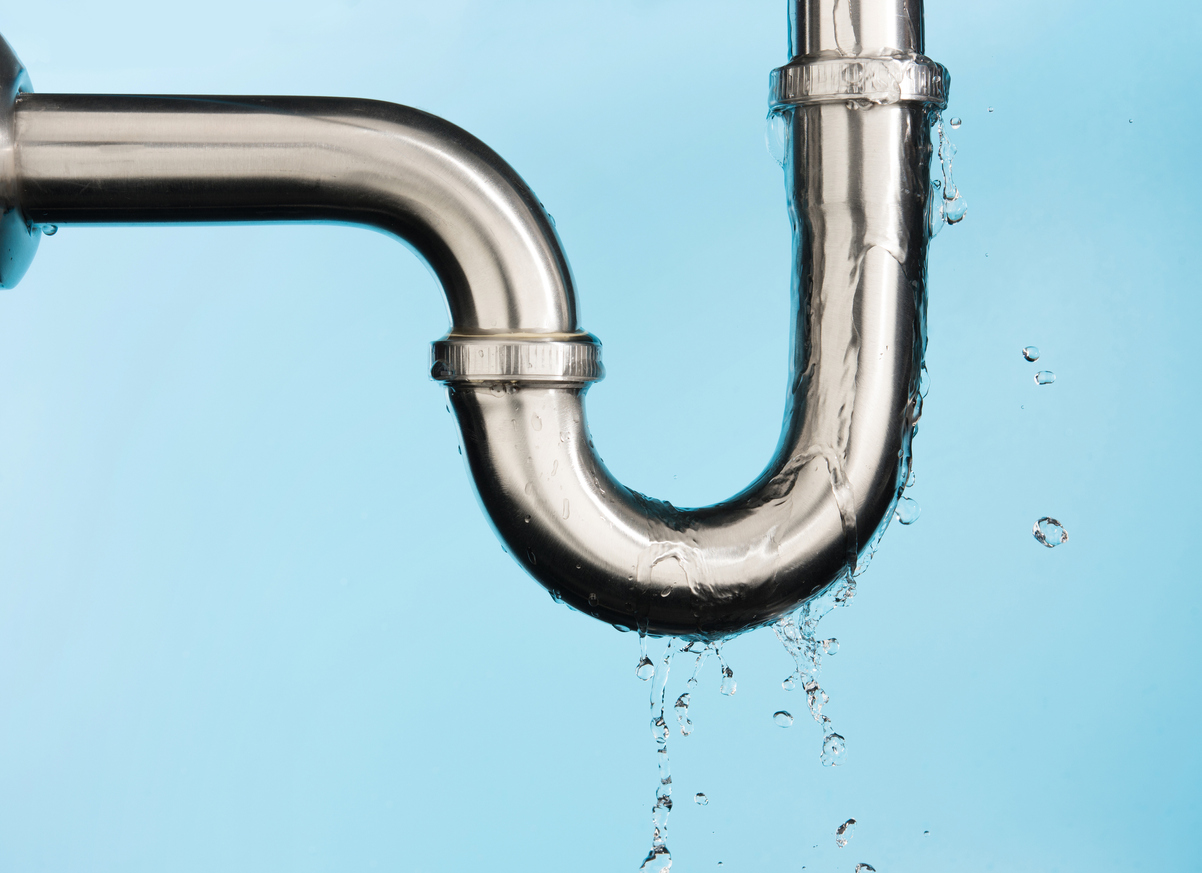Will Plumber’s Putty Seal a Leak?
In every Calgary Plumber & Drains plumber’s toolbox is plumber’s putty. You can also find this material in many household tool kits. But most people are unclear about when, how and where to use this putty. As a result, they apply it under the wrong circumstances or incorrectly. Below, we look at the right uses for this indispensable product to help you get the most out of it.

What is plumber’s putty?
According to many plumbing companies, many homeowners make the mistake of using plumber’s putty where they should use silicone caulk or Teflon tape. These are very different products that serve equally different purposes than the putty. In fact, putty is only designed to repair a leaky sink. It only works on specific parts of the sink, too.
You can apply this putty to seal faucets, drains and other fixtures of a sink, whether to prevent leaks or stop them. This is how the putty earned its nickname of “drain putty.” If your sink drain is leaking, apply putty to create a watertight seal.
The putty is also used during fixture installation, but can degrade over time. This will lead to leaks later in the life of your sink. Using harsh cleaning products can speed up this degradation.
Incorrect Uses for Plumber’s Putty
You should never apply plumber’s putty to any part of the plumbing exposed to water pressure, such as pipes. Using it on pipes is a common mistake, particularly on pipe threads or in an attempt to seal PVC pipes. The putty is also ineffective for sealing spaces between the sink and its wall or cabinet. Instead, you need appropriate adhesive for these purposes.
Teflon tape is the appropriate solution for leaks coming from a pipe joint. This tape reseals pipe threads and resolves leaks. You can also layer new Teflon tape over older tape application to reseal a pipe or stop a leak. Trying to use putty for this purpose will not work. Instead of forming a protective layer to stop a leak, the putty only oozes into the pipe itself and contaminates potable water.
It is important to realize that this putty is also not a universal substitute for caulk. You should never use putty where you need adhesive qualities and strength to hold parts together. Nor should you use it on exposed areas requiring a watertight seal.
How to Use Plumber’s Putty
Plumber’s putty is available in little plastic tubs at a very low cost. To use the material, you must follow several steps. These steps include:
- Using your fingers, scoop an appropriate amount of putty out of the tub
- Roll the putty between your palms to create a “rope” with a consistent diameter slightly greater than the space you need to fill
- Place the rope onto the area you need to seal, creating a continuous loop
- At the meeting point of the two putty rope ends, tear off excess
- Press the rope gently into the gap area without pressing it flat
- Install the part and tighten it all the way
- Wipe away excess putty
Ensure the putty is easily moulded and rolled. If you feel it is too hard or it cracks when you manipulate it, it is too old. Never use old putty because it will not serve its purpose. Instead, throw the tub out and replace it with a new one. To preserve the putty’s usability and prevent drying, keep the tub tightly sealed.

Also, remember that plumber’s putty is a petroleum-based product. This means it can stain granite and some other surfaces. Read your putty’s tub label to identify surfaces on which it is safe to use. You can also find some types of plumber’s putty that are stain-free. These typically work well on porous materials like stone.
Plumbing companies are your best resource for preventing and fixing leaks in your home. When in doubt about using putty or other materials to DIY your plumbing needs, it is best to call in the professionals.

I am Scott Miller and my love is writing about home improvement. I write mostly about home ideas, but also share some tips and tricks that can make your life easier when it comes to getting things done in the house.












